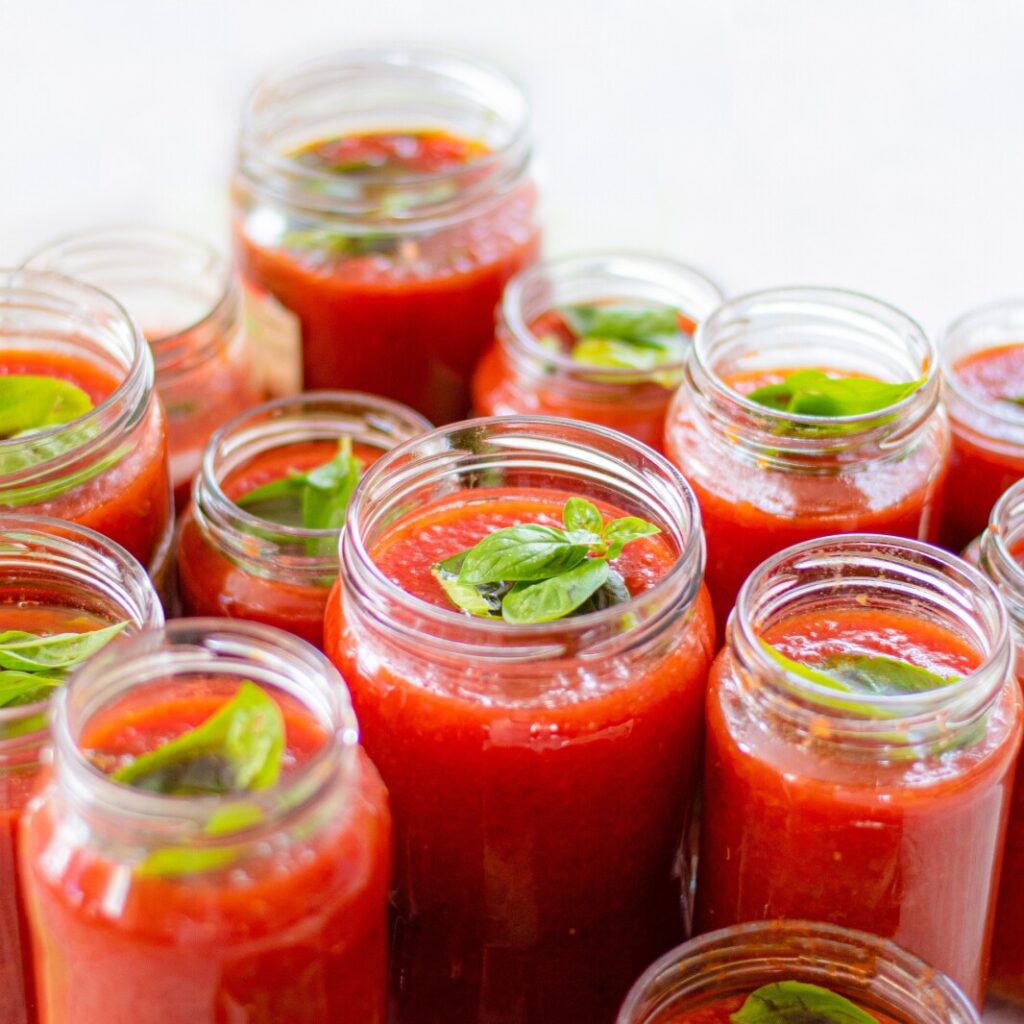The other day I got a notification on my phone that someone had “tagged” me on Facebook.
You never know what photos someone might find and post from their past. I hoped it wasn’t from my embarrassing perm days. I opened Facebook to find out more.
The item with the tag was not what I expected.
Am I the only one who will be “tagged” during a botulism outbreak? I’m probably one of the few.
At least I didn’t have the image of “thick hair” on Facebook.
Ten people in California were recently treated for botulism after eating home-canned cactus leaves in a salad, and two were hospitalized in intensive care with severe respiratory illness.
Characteristic symptoms of botulism include blurred or double vision, difficulty swallowing, and difficulty breathing. The toxin attacks the nerves and can paralyze muscles, including those needed for breathing.
If not treated immediately, botulism can be fatal.
Botulinum toxin has no characteristic color or odor. If the food has been canned improperly, it is not recommended to taste home-canned foods to see if they are “safe.” Don’t take the risk – even a small taste can be fatal.
When you can food, think of yourself as a serious scientist, and you might even want to put on a lab coat or at least an apron.
Some home canning recipes shared online can actually be scary. You may find outdated and potentially unsafe canning recipes in your old cookbooks or recipe boxes. We understand that old recipes have sentimental value. Cakes, cookies, and hot dishes are no problem.
Your great-grandparents wouldn’t have wanted you to risk your health, and just because they sealed their food in jars with galvanized screw caps without using processing equipment doesn’t mean we should, either.
Be sure to use safe recipes available from universities across the country, the U.S. Department of Agriculture, or the latest Ball Blue Book.
Commercially canned foods have also been implicated in botulism outbreaks. If a food product is recalled due to a safety risk, follow the manufacturer’s instructions.
Foods need to reach a certain acidity level before they can be canned in a water bath canner. Pickles, tomatoes with lemon juice, jams and jellies are some of the foods that can be safely canned in a water bath canner.
Low-acid foods such as vegetables, meats, and many food mixtures must be processed in a pressure cooker to inactivate Clostridium botulinum, a potentially deadly bacterium related to the botulinum toxin. To inactivate the bacteria, temperatures must reach approximately 240 degrees, which can only be achieved in a pressure cooker. Follow these safety tips:

Julie Garden Robinson
Provided by / NDSU Extension Services
If you have created a salsa recipe, canning experts recommend freezing it for storage. Make sure your equipment is up to date. If you have a dial gauge pressure canner, be sure to have an annual gauge test, available at many Extension offices. Do not can food in the oven. Prepare canning lids according to the box instructions. In most cases, boiling is not necessary. Overtightening can cause the lids to bend. Remove screw bands before storing in a cool, dry place. Use 5% acidity vinegar for pickling recipes. This is the acidity that the recipes were tested with, so we know it is safe. Add the prescribed amount of lemon juice or citric acid to canned tomatoes. Many of our tomato varieties are less acidic than they used to be. Processing times have also been updated.
Preserving foods purchased from the grocery store, farmers market, or even your own backyard garden can have great benefits. Follow the latest guidelines to help keep your family and friends safe. For more information, see the “Food Preservation” information at www.ag.ndsu.edu/food.
Here’s an interesting salsa recipe that combines traditional ingredients (tomatoes, peppers, onions) with the subtle sweetness of mango.
Fresh salsa with mango (not for canned)
4 tomatoes, chopped (about 2-3 cups), ½ cup chopped onion, ½ cup chopped bell pepper, 1 jalapeño, seeds removed and chopped, 1 tsp salt, ½ tsp oregano or coriander, 1 tbsp lemon or lime juice, 1 tbsp white vinegar, 1 tsp sugar (optional), 1 mango, diced
Combine all ingredients in a medium bowl. Makes 16 servings (1/4 cup).
Each serving contains 10 calories, 0 grams (g) of fat, 0 g of protein, 2 g of carbohydrates, and 150 mg of sodium.
Julie Garden-Robinson, PhD, RD, LRD, is a food and nutrition specialist with North Dakota State University Extension and a professor in the Department of Health, Nutrition and Exercise Sciences. Follow her on Twitter at @jgardenrobinson.


